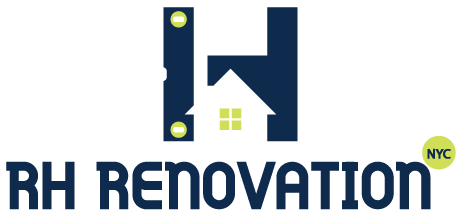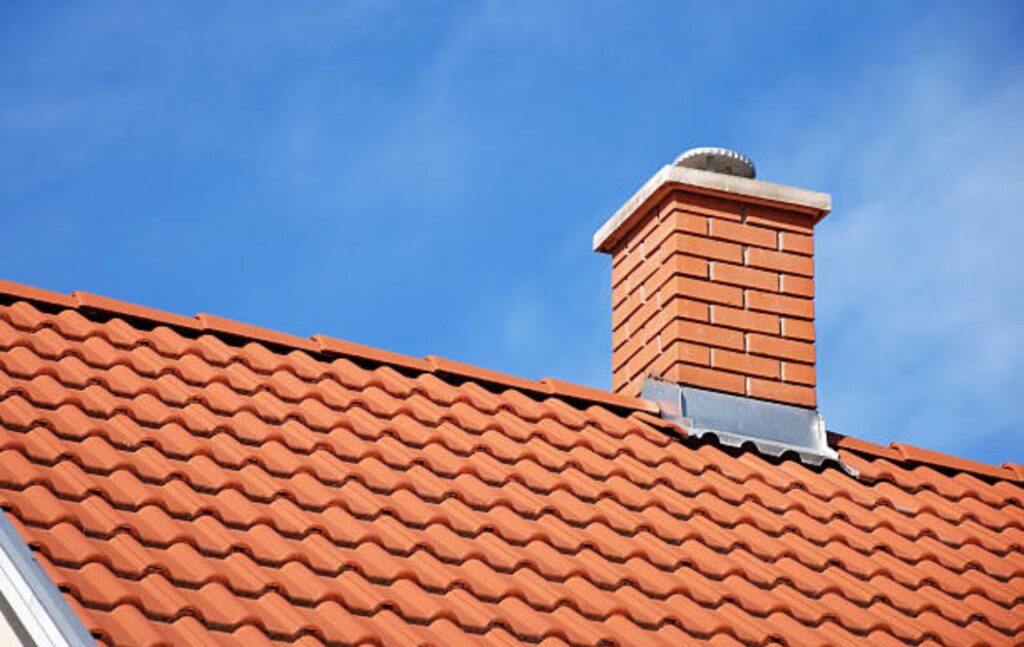The top of a chimney typically consists of several components that work together to facilitate the safe and efficient operation of the chimney. Here are some key elements found at the top of a chimney:
Chimney Cap or Crown: This is a protective covering that sits on top of the chimney. It is usually made of metal, such as stainless steel or copper, and serves several purposes. The chimney cap helps to prevent rain, snow, debris, and animals from entering the chimney. It also helps to reduce downdrafts and can improve chimney draft by creating a slight vacuum effect.
Spark Arrestor: A spark arrestor is a mesh screen located within the chimney cap. Its purpose is to prevent sparks and embers from escaping the chimney and potentially causing a fire. The mesh size is designed to trap these small particles while allowing smoke and gases to escape.
Flue Liner Termination: The flue liner, which is the inner lining of the chimney, extends above the chimney crown or cap. Its termination point is typically a few inches above the crown to allow proper venting of smoke and gases. The termination point helps to prevent downdrafts and allows the smoke to disperse more easily.
Chimney Crown: The chimney crown is a concrete or mortar structure that covers the top of the chimney stack. It acts as a protective barrier, helping to keep moisture out and prevent damage to the bricks or masonry of the chimney. The crown should be sloped to direct water away from the flue opening and be constructed with an overhang to protect the chimney’s sides.
Chimney Flue Opening: This is the opening at the top of the chimney where smoke, gases, and combustion byproducts exit. It should be properly sized to match the requirements of the heating appliance or fireplace it serves.
These components work together to ensure that the chimney functions safely and efficiently. Regular inspections and maintenance of the chimney, including the top components, are essential to maintain proper operation and prevent issues such as water damage, downdrafts, and blockages. It’s recommended to consult with a professional chimney sweep or inspector for proper maintenance and any necessary repairs.
Contact us at RH Renovation NYC and book your next chimney inspection in areas close to New York. Visit our website to find out the list of places we operate and call or email us to get a cost estimate for free and schedule a site visit.



